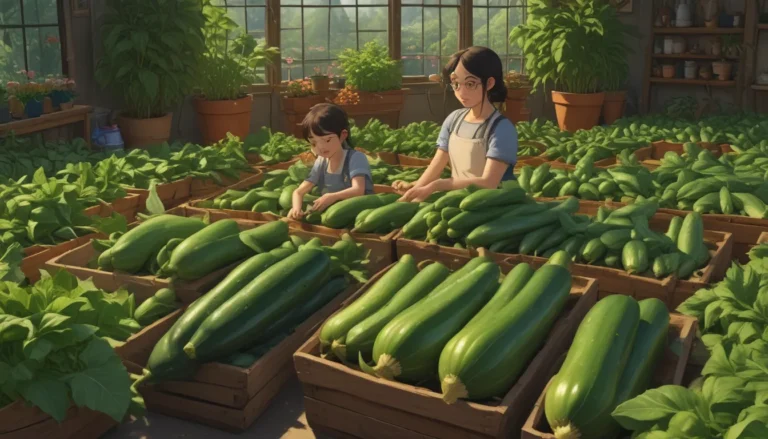Comprehensive Guide: Managing Gardenia Winter Cold Damage

The fragrant gardenia, a beloved ornamental shrub, can sometimes fall victim to cold damage during the winter months. If you’ve noticed brittle branches and brown leaves after a cold snap, don’t lose hope just yet – there’s a chance your plant can bounce back.
Let’s delve further into the reasons behind winter damage, how to assess the extent of the damage, and steps you can take to protect your gardenias from future freezes.
What You’ll Learn
In this comprehensive guide, we’ll cover the following topics:
- Can Gardenias Survive Cold Damage?
- How to Assess and Prune Cold-Damaged Shrubs
- 3 Tips to Protect Gardenias from an Impending Freeze
- Freeze Damage Prevention
Can Gardenias Survive Cold Damage?
While gardenias are typically hardy in warmer climates, certain varieties can withstand colder temperatures. For example, ‘Kleim’s Hardy’ is cold-hardy up to Zone 7, and some hybrids can tolerate temperatures as low as Zone 6b.
If you find your gardenia with brown leaves and brittle stems post-freeze, it’s a sign of cold damage. The plant’s chances of survival depend on its overall health before the freeze and the amount of damage it sustained.
How to Assess and Prune Cold-Damaged Shrubs
Discovering cold-damaged gardenias with brown or black leaves can be disheartening, but all is not lost. Most gardenias can recover from temperatures below 20°F, albeit with some leaf loss.
To determine if your shrub is still alive, be patient and look for new growth in the spring. Once new shoots appear, you can prune away dead branches, encouraging the plant to fill out.
Remember to feed your shrubs with acidic fertilizer to promote new growth after pruning. Be prepared to forego blooms for the current season, as the plant needs time to recover fully.
3 Tips to Protect Gardenias from an Impending Freeze
Taking proactive steps to protect your gardenias from freezing temperatures can improve their chances of survival:
1. Keep an Eye on the Weather
Stay vigilant about weather forecasts, especially during late spring when unexpected freezes can occur. Buds and blossoms are particularly vulnerable to cold damage, so take precautions if a freeze is predicted.
2. Water Well
Ensure the soil is adequately moist ahead of a freeze, especially for container-grown gardenias. Watering the plants two to three days before the cold snap can help retain heat and prevent damage.
3. Move Plants or Provide Protection
Consider moving potted gardenias to protected areas or covering them during cold spells. Use frost cloths, blankets, or pine straw to shield the plants from freezing temperatures.
Freeze Damage Prevention
While gardenias are susceptible to cold damage, there are ways to minimize the risk:
- Maintain adequate soil moisture to help retain heat
- Stop fertilizing two months before freezing weather sets in
- Choose cold-hardy cultivars suited to your region
- Consider overwintering plants indoors to prevent freeze damage
By implementing these strategies, you can protect your gardenias from unexpected freezes and ensure their continued health and blooms.
Step Back, Jack Frost!
As a flower gardener, dealing with unexpected temperature fluctuations can be challenging. However, armed with knowledge on how to manage and prevent freeze damage on gardenias, you can enjoy a thriving garden all year round.
If you have tips or questions on managing gardenia winter cold damage, feel free to share in the comments below. And for more gardenia-related content, check out our guides on growing and caring for these beautiful plants.
Remember to always stay ahead of the frost and keep your gardenias flourishing despite Jack Frost’s chilly antics!





